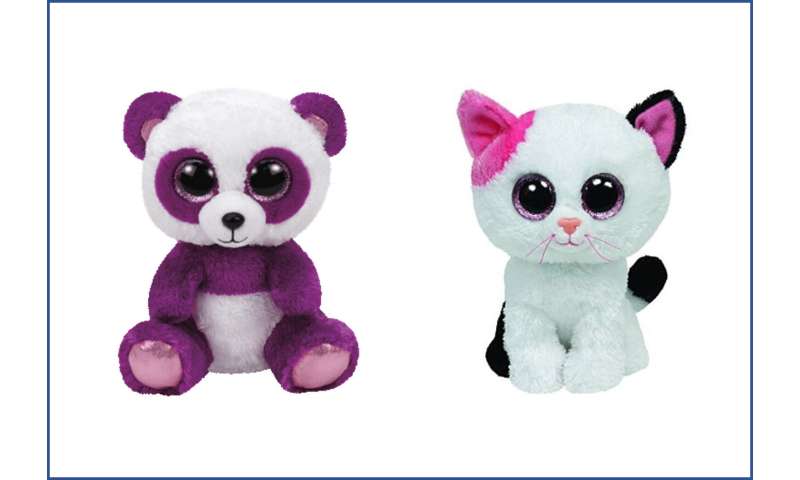Study shows the way an object is named is instrumental in infants’ memory of an object


A pair of researchers at Northwestern University has found that the way an object is named by an adult is instrumental in an infant’s memory of that object. In their paper published in Proceedings of the National Academy of Sciences, Alexander LaTourrette and Sandra Waxman describe experiments they conducted with memory in infants and what they learned from them.
To learn more about memory in humans, researchers study how it develops at an early age. In this new effort, the researchers sought to learn more about the way memory develops in infants. More specifically, they wanted to know if infants are better able to remember objects based on distinct names or consistent names. Distinct names are given based on an individual object—naming a cat wobbles, for example. Consistent names, on the other hand, are names given for groups or categories, such as cats or dogs. To find out if infants are better able to remember objects using one approach or the other, the researchers enlisted the assistance of 77 infants (and their parents) in an experiment.
The experiments by the researchers involved first training the infants (aged 11.5 to 12.5 months) by showing them cuddly toys and describing them with a label. Some of the infants heard consistent names, others distinct names. The researchers also trained some of the infants using a monotone voice as a control. In the next phase of the experiment, the researchers tested the infants to see how well they remembered the toys they had been shown. Each infant was shown one of the toys they had seen placed next to a toy they had not seen. The researchers then watched the gaze of the infant. Longer gazes on the toy that they had not seen before indicated that they were already familiar with its partner.
Source: Read Full Article